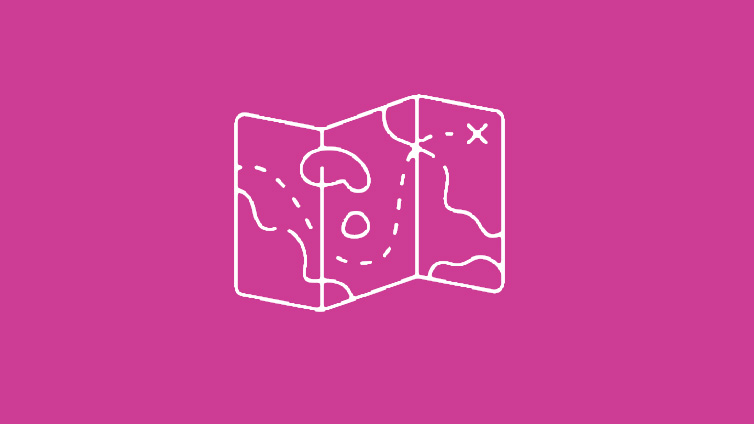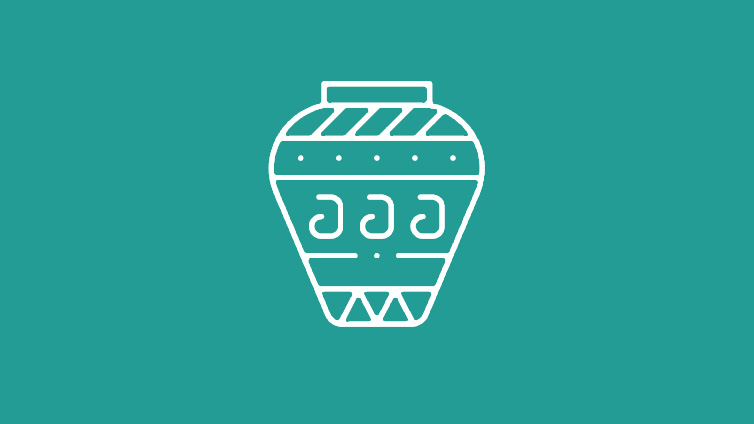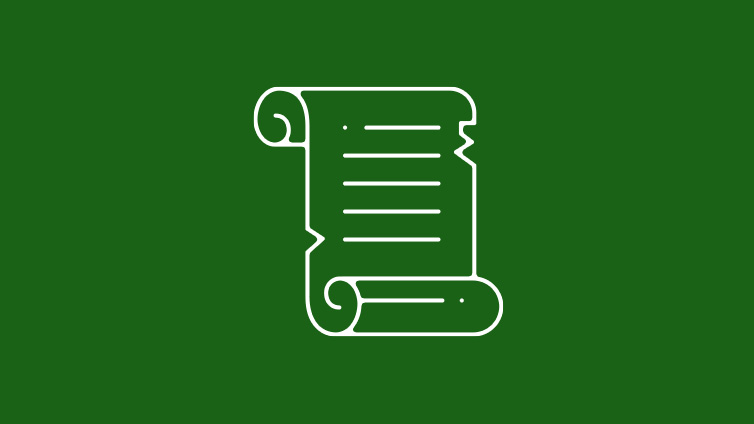Museum Project
Teacher Resources
Driving Question: How did ancient societies contribute to our world today?
Time to create the best museum in history, right in your own classroom. Develop an exhibit that illustrates one of the societies you learned about in this unit.
Learning Objectives:
- Compare early societies.
- Conduct research using multiple sources to formulate and answer questions about early societies.
- Create arguments using historical evidence to support claims and communicate conclusions through individual or shared writing, speaking, and other formats.
Vocab Terms:
- artifact
- civilization
- culture
- empire
- society
- trade
Opener: Museum Project
To teach this lesson step, refer to page 2 of the Lesson 5.6 Teaching Guide.
Our Openers and Closers Guide will provide more information about these short, but important, activities at the beginning and end of each lesson.
Check out this blog post to read about the legacies of the ancient world that are still used today.
Museums contain tons of ancient objects, descriptions from scholars, re-creations of monuments, and more. Now it’s your turn to create your own museum exhibit based on everything you’ve learned.
Choosing Your Society
To teach this lesson step, refer to page 2 of the Lesson 5.6 Teaching Guide.
Check out the OER Project Activities Guide for a review of the various activities that help students engage with Big History.
While it’s not nice to play favorites, you’ll have to decide on the society you like the most. Let’s find out who you’ll be focusing on for this project.
Creating Your Museum
To teach this lesson step, refer to page 3 of the Lesson 5.6 Teaching Guide.
This discussion on our online teacher community highlights student examples of the museum project.
As a museum curator, you have a lot of power. You’ll use these hands-on activities to help you decide what it is about your society that you want to focus on, and how you want to show it off!
Closer: Museum Project
To teach this lesson step, refer to page 3 of the Lesson 5.6 Teaching Guide.
Well, you’re finished being a curator for now, but you did a lot of thinking and exploring in the process. Let’s bring it all together.






